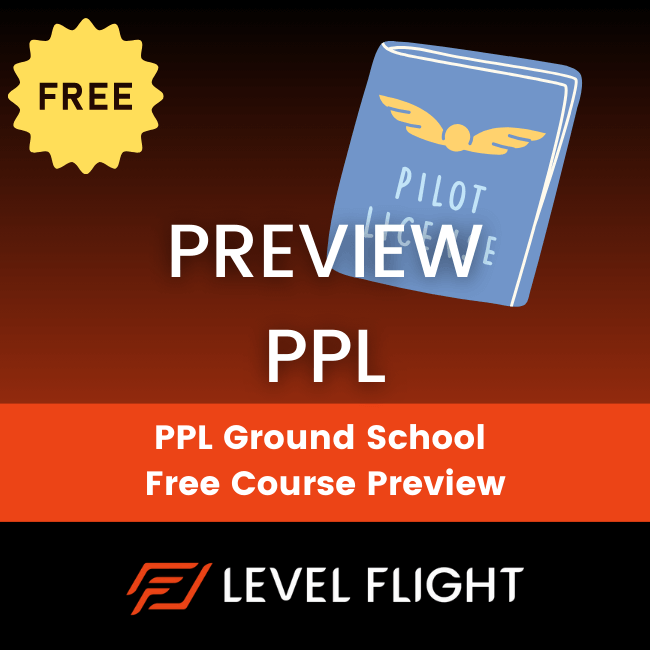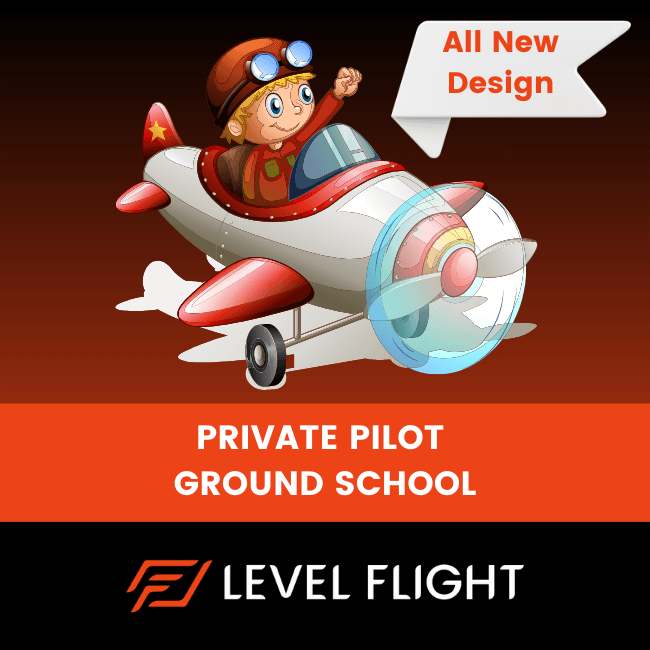
Embarking on the exhilarating journey of pilot training is a thrilling adventure that requires dedication, discipline, and strategic planning. Whether you're a budding aviator enrolled in ground school or a seasoned professional advancing through flight school, success in pilot training demands a tailored approach. In this blog, we'll explore three indispensable tips specifically designed to elevate your pilot training experience.
Set Clear Milestones in Ground School: Navigating the Foundation
Ground school lays the crucial groundwork for your aviation career. To excel in this phase of pilot training, set clear milestones and objectives. Break down the curriculum into manageable sections, ensuring you grasp the theoretical aspects of aviation thoroughly.
Key Ground School Milestones:
- Mastering aviation regulations and procedures.
- Understanding navigation, meteorology, and aerodynamics.
- Excelling in aircraft systems and emergency procedures.
Setting these clear objectives not only provides a structured approach to ground school but also establishes a solid foundation for the challenges ahead in flight school.
Embrace Varied Learning Techniques in Flight School: Adapting to Altitude
Flight school marks the transition from theory to practice, requiring a diverse set of learning techniques. Tailor your approach to encompass the dynamic nature of aviation training. Combine classroom sessions, simulator training, and actual flight experiences to reinforce your understanding and skills.
Diverse Learning Techniques in Flight School:
- Classroom instruction for theoretical knowledge.
- Simulator sessions for hands-on experience.
- Actual flight hours for practical application.
This multifaceted approach ensures a well-rounded pilot training experience, allowing you to adapt seamlessly to the various scenarios you'll encounter in the cockpit.
Maintain Consistent Practice: The Flight Path to Mastery
Consistency is the cornerstone of pilot training success. Establish a regular practice routine to reinforce your skills and enhance muscle memory. Regular flight hours, simulator sessions, and review of ground school materials contribute to maintaining a high level of proficiency. This one cannot be overstated. Not only does regular practice and review allow you to grow your skills quicker, but it can also save you thousands of dollars. I like to think of it as a sport. If you practice or play often, you will build on your skills. If you only play once a year, you will likely lose your skills and have to rebuild them. In the flight training world, that rebuilding comes at a great cost.
Tips for Consistent Practice:
- Schedule regular flight hours to reinforce practical skills.
- Conduct simulator sessions for emergency scenario practice.
- Review ground school materials to stay sharp on theory.
By integrating these consistent practices into your routine, you not only meet the requirements of flight school but also cultivate the expertise needed for a successful and safe career as a pilot.
Final Thoughts
Pilot training is a dynamic journey that requires a strategic and focused approach. By setting clear milestones in ground school, embracing varied learning techniques in flight school, and maintaining consistent practice, you pave the way for success in the skies. As you navigate the intricacies of pilot training, these tips will serve as your compass, guiding you toward the pinnacle of aviation excellence.
I’ll leave you with a final note. I know many pilots, myself included, who got overwhelmed by looking too far ahead. Yes, it’s important to have a road map to reach the end goal, whatever that looks like for you. But the important thing is to break it down into chunks and focus on each of those chunks rather than the end goal. Here’s what it might look like
- Step 1: Begin ground school and complete the first module.
- Step 2: Work on the next module and the one after that, etc.
- Step 3: Final studying for the exam
- Step 4: Prepare for your first flight.
- Step 5: Prepare for your second flight.
- Step 6: Prepare for each sequential flight.
Notice how I didn’t say to prepare for the flight test on step 5? That’s because it doesn’t matter at that point. Take the step that is in front of you first; before you know it, you’ll be at step 345.
The team at Level Flight is ready to help you navigate your pilot training journey. Give us a call at 403-525-5622 or fill out the online contact form below.
FAQ's
Not with Level Flight! Some platforms may not provide much support. Our Learning Portal gives you several ways to reach out for feedback or engage other learners in discussion groups.
This depends on what your goals are. If you are looking to fly recreationally then you need to decide if you can strike the right balance to ensure you don’t spend money for something you will not finish. If you are looking to fly as a career you need to decide what your priorities are. The quicker you can complete your training the quicker you can start earning those hard fought dollars back. If you just want to dip your toe in the water why not sign up for ground school and see if you like it. Even paying for a full ground school is cheaper than taking several flights.
This is a personal preference. I can tell you from experience that a college program will provide you a more in depth flight training experience. It is however not necessary to go that route. A pilots licence, whether issued from a college program or not is still a pilots licence. Some operators might look more favourably on a college program simply because it comes with a diploma or degree. Normally a candidate with a degree or diploma in a non-aviation related field will be on equal footing than the candidate with the aviation related credentials. Remember, every employer is different and oftentimes post secondary education of any kind is not a requirement for the job. It’s a good idea to do your research on the jobs you wish to apply for in your career to see what the requirements are to ensure you set yourself up for success.
Another way people answer this question is by thinking about a fallback plan. What happens if flying doesn't work out for you? or You decide to go a different route in the future. Having a fall back in the form of a degree or diploma in a field outside of aviation not only makes you a more well rounded pilot but can set you up for life outside of aviation. Covid 19 has tought us that life is unpredictable and in short order you might find yourself looking for a new career path, even temporarily. You might want to consider taking your flight trainiing at a traditional flight school and complete post secondary education in an alternate field of study that interests you.
Take Flight Now
Level Flight is Canada’s best online ground school. It is our mandate to provide higher quality, more engaging training for Canadian Student Pilots. If you are seeking the exhilarating freedom of flight for a hobby or with aspirations of a career in the skies, Level Flight offers the best ground school experience available. Sign up for our online learning platform now and discover the adventure that awaits you at Level Flight.
By submitting this form, you opt-in and give expressed consent to receiving SMS / text messages, calls, and emails from us for the purposes of communication related to your inquiry or related to the products and or services we provide.




